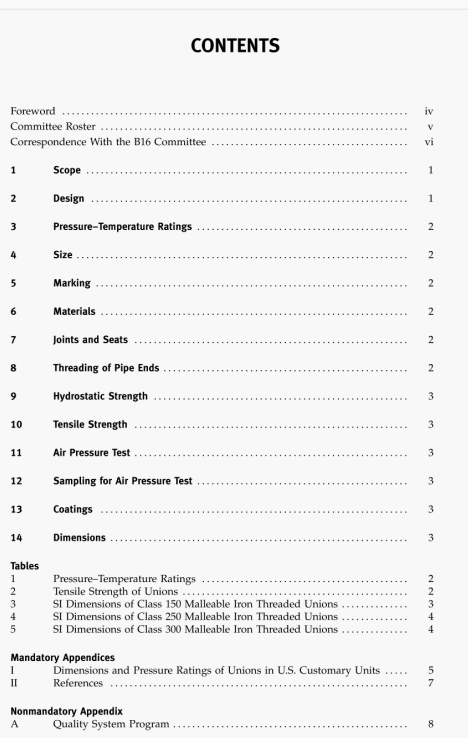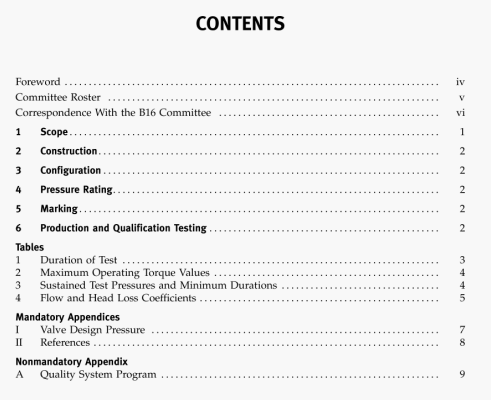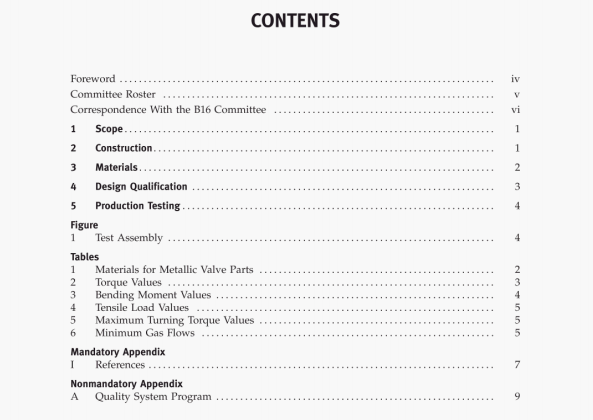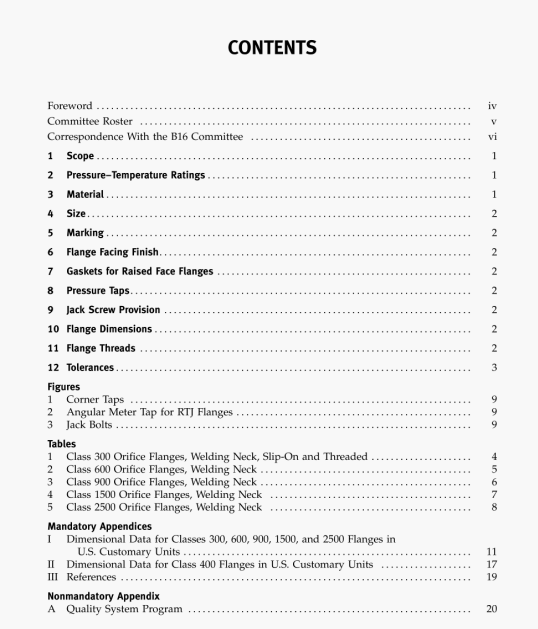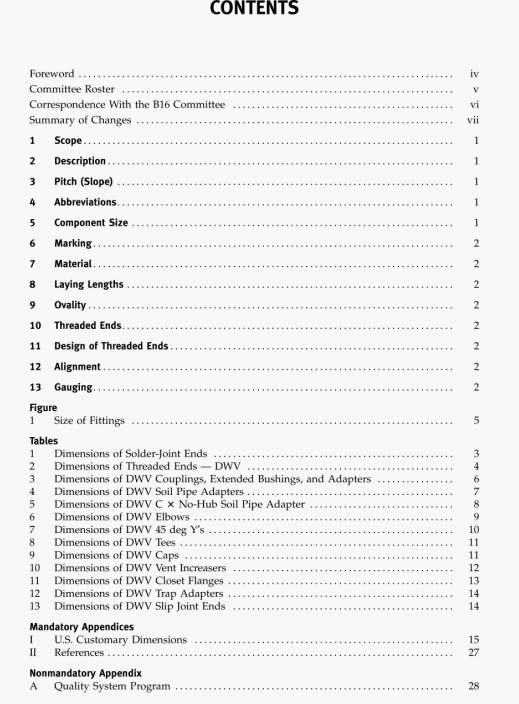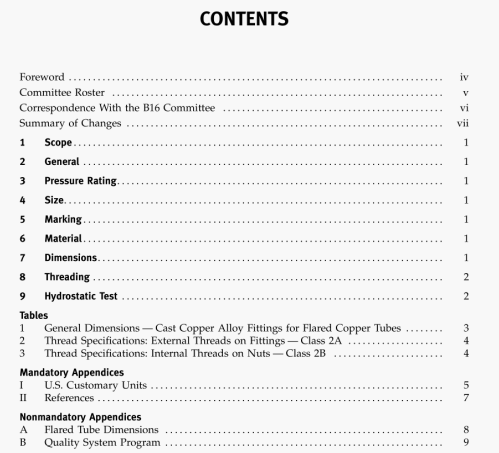ASME A112.1.2:2004 pdf download.Air Gaps in Plumbing Systems(For Plumbing Fixtures and Water-Connected Receptors).
air gap, minimum required: an air gap greater than the critical air gap by a factor of safety to cover service conditions. The air gap required to prevent back siphon- age through a water supply opening (faucet or valve), under the action of atmospheric pressure and a vacuum in the water supply system. depends principally on the size o the effective opening and the distance between the end of the supply fitting outlet (spout) pipe and a nearby wall. The minimum required air gap shall be measured vertically from the lowest part of the outlet of the faucet, spout, or supply pipe to the flood-level rim of the fixture or receptor (see Figs. 1, 2, and A-I).
backfltnv: the flow of water or other liquids into the distributing pipes of a potable supply of water from any source or sources other than the intended source. Back siphonage and back pressure are types of backflow.
backflow connection or condition: any arrangement whereby backflow can occur.
backflow prevention device: a device or assembly (combination of devices) designed to prevent backflow.
critical level mark: the level at which back siphonage will not occur, including any required factor of safet; a permanent mark on the external surface of the faucet or device that is visible after installation of the faucet or device. When the faucet or device is installed with the critical level mark at or above the flood-level rim of a fixture or receptor, this creates the minimum required air gap and will prevent back siphonage.
effective opening: the smallest cross-sectional area in a faucet, device, or a supply pipe through which water flows to an outlet. If two or more lines supply one outlet, the effective opening shall be the sum of the cross-sectional areas of the individual lines or the area of the outlet, whichever is smaller.
backfltnv: the flow of water or other liquids into the distributing pipes of a potable supply of water from any source or sources other than the intended source. Back siphonage and back pressure are types of backflow.
backflow connection or condition: any arrangement whereby backflow can occur.
backflow prevention device: a device or assembly (combination of devices) designed to prevent backflow.
critical level mark: the level at which back siphonage will not occur, including any required factor of safet; a permanent mark on the external surface of the faucet or device that is visible after installation of the faucet or device. When the faucet or device is installed with the critical level mark at or above the flood-level rim of a fixture or receptor, this creates the minimum required air gap and will prevent back siphonage.
effective opening: the smallest cross-sectional area in a faucet, device, or a supply pipe through which water flows to an outlet. If two or more lines supply one outlet, the effective opening shall be the sum of the cross-sectional areas of the individual lines or the area of the outlet, whichever is smaller.
